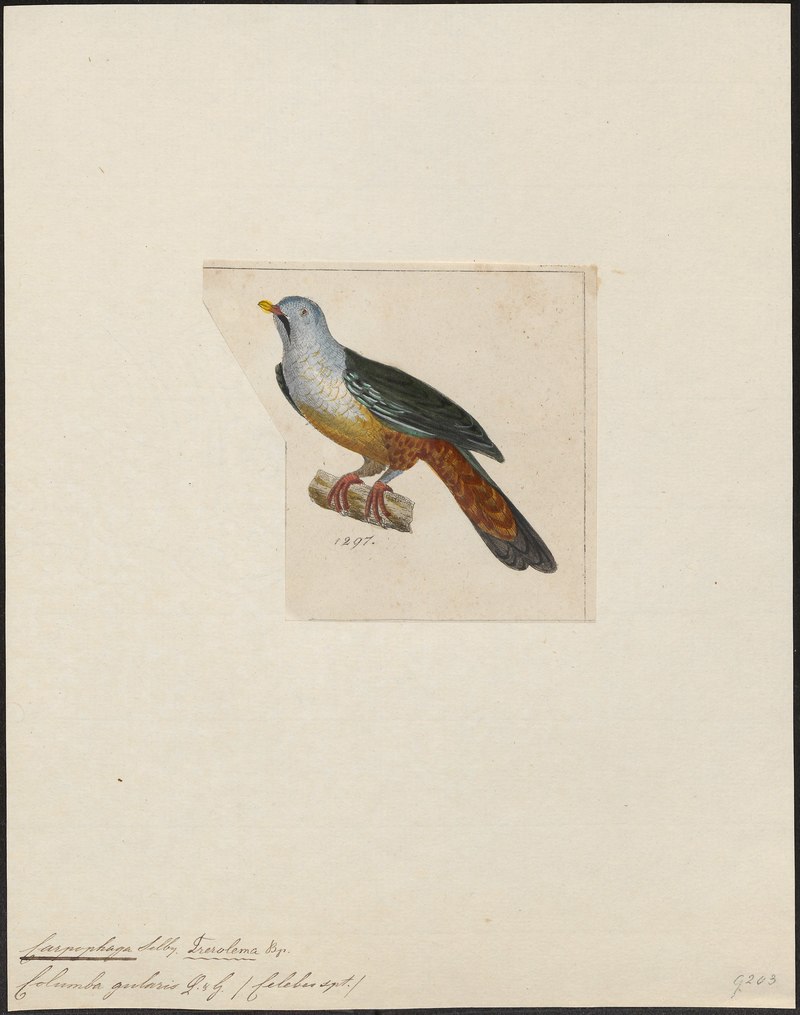|
Carpophaga gularis = Ptilinopus subgularis (Banggai fruit dove, maroon-chinned fruit dove)
| 제목: | Carpophaga gularis = Ptilinopus subgularis (Banggai fruit dove, maroon-chinned fruit dove)
| | 올린이: | Wiki Photos (---@---.---)
| |

| 해상도: 2532x3212
파일크기: 1079297 Bytes
등록시간: 2023:03:27 13:37:10
|
|
|